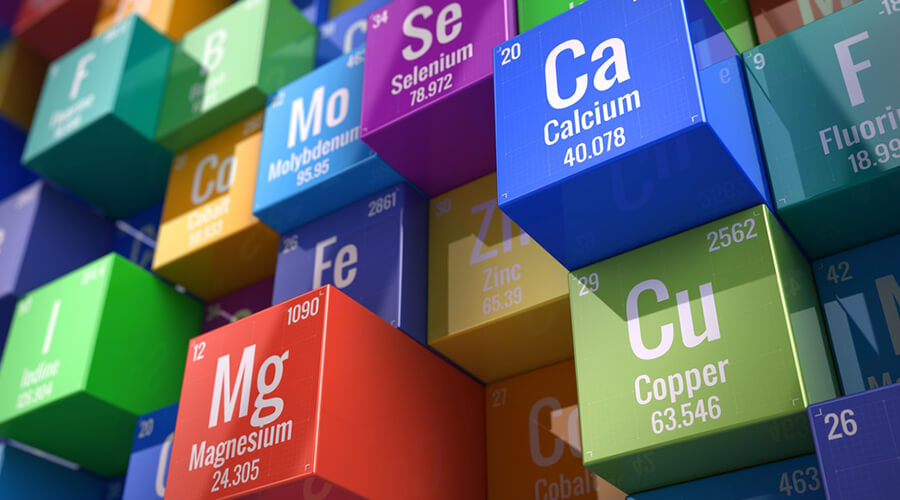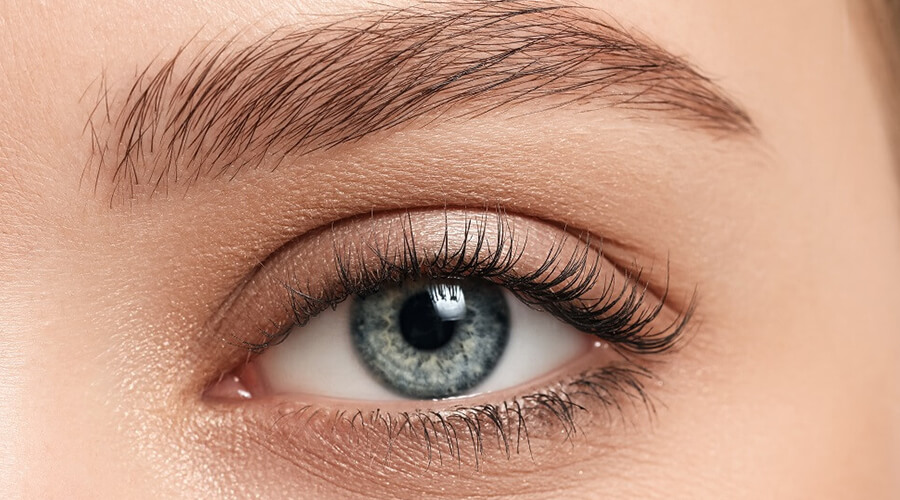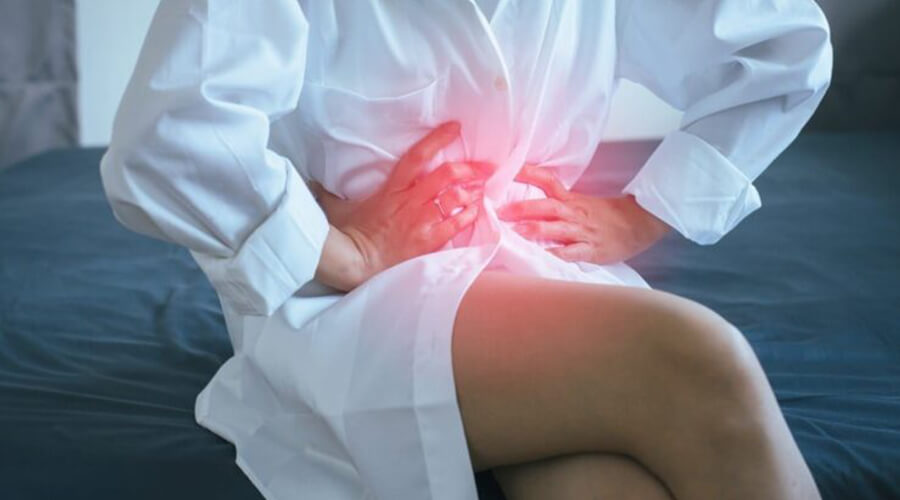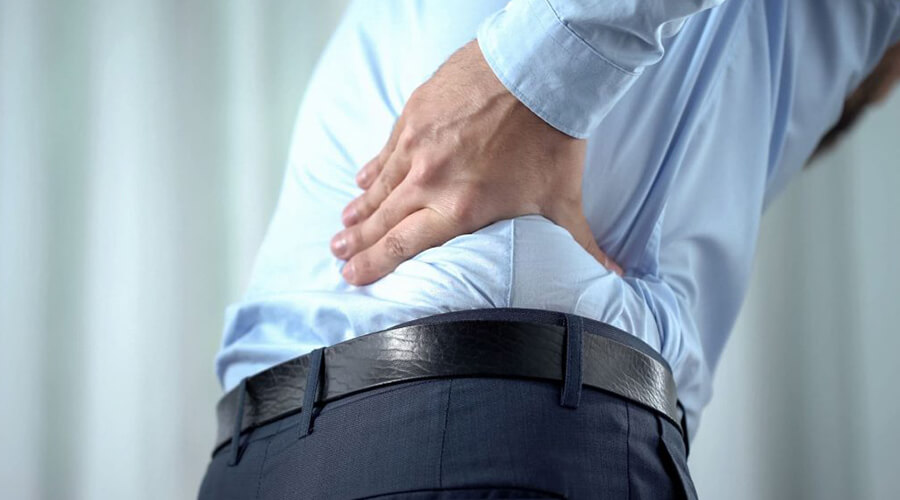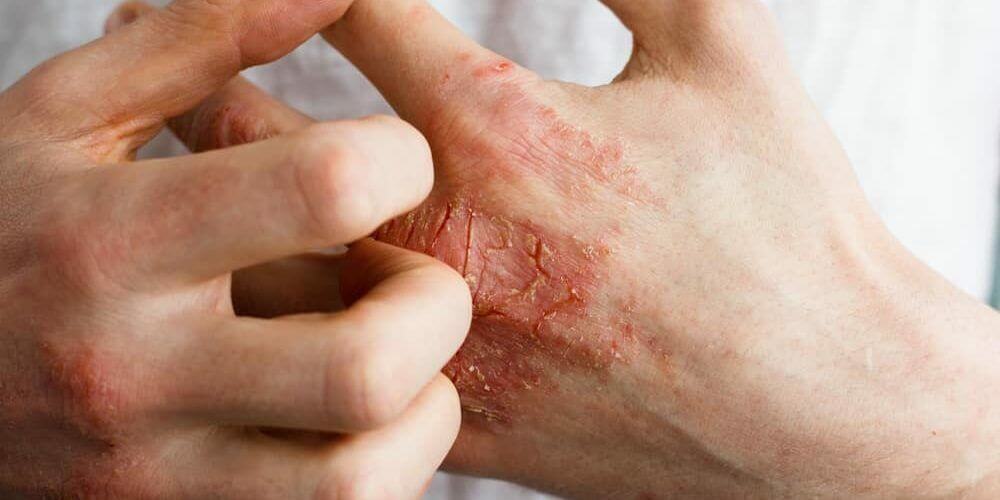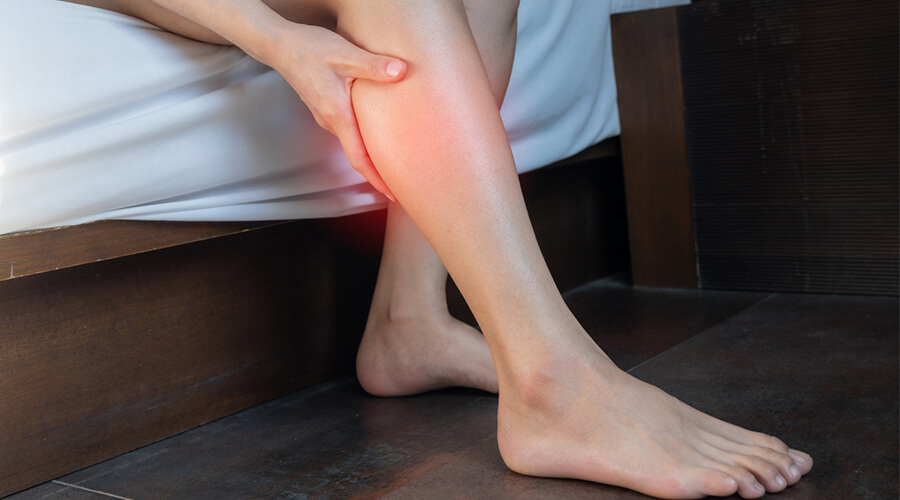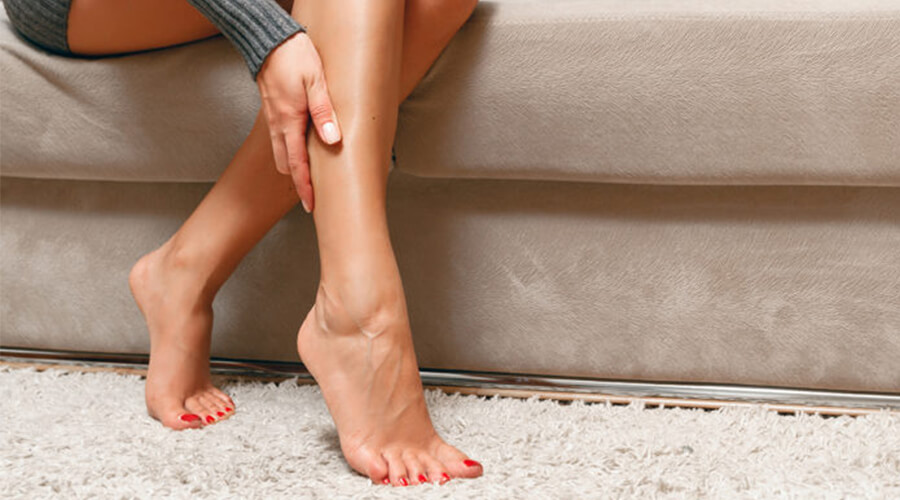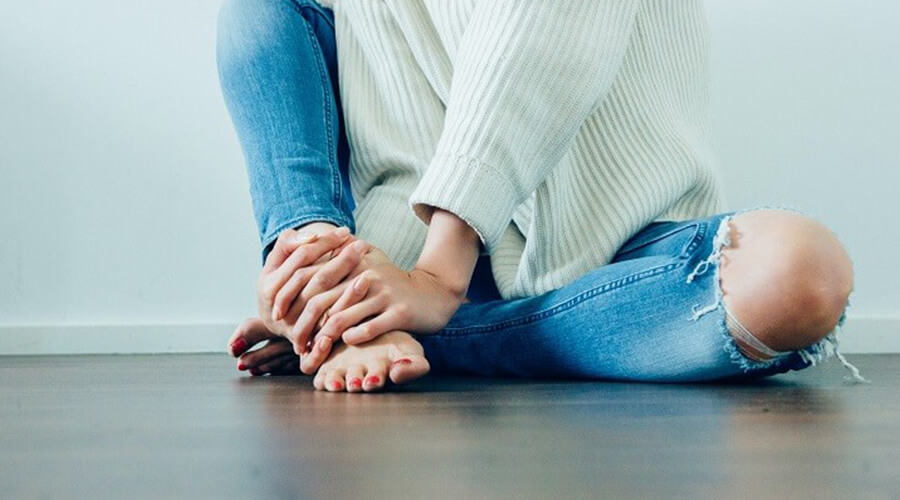
We now show you 3 teas that have been proven to lower blood pressure. The following 3 antihypertensive teas can help you to alleviate this insidious disease.
The best antihypertensive teas are not just one herbal tea, as there are several that have just as many benefits. For high blood pressure, hibiscus tea, green tea and mistletoe tea can be effective, and we will now take a closer look at these. So reducing high blood pressure with herbs is also possible.
It is advisable to drink the teas without sugar, as sugar has a negative effect.
Hibiscus tea
This is the first herbal tea for high blood pressure that we present. Hibiscus is delicious and healthy and is one of the best high blood pressure teas. Regular consumption will prevent high blood pressure. Hibiscus tea for high blood pressure can be very effective, not only for prevention. It is also excellent for atherosclerosis and protects the liver. As it is low in calories, it can be consumed in unlimited quantities. Regular consumption calms the nervous system, reduces anxiety and depression. It keeps LDL or ‘bad’ cholesterol levels low, thus protecting against heart disease and damage to blood vessels. It’s high in vitamin C, which boosts the immune system and makes the body more resistant. It helps to restore hormone balance and reduces menstrual pain. Overall, hibiscus is one of the most popular and effective blood pressure lowering teas.

Green tea
Wouldn’t you know that green tea can be effective against high blood pressure? Green tea has a blood pressure regulating effect and is very effective against high blood pressure. It can even be beneficial for cancer. As it also has a metabolism boosting effect, it can help a lot in losing weight and maintaining an ideal body weight. Not only will it help keep you fresh but it will also help your brain function better. The amino acids in it support brain function and also make you more alert. By drinking green tea, you will have a more efficient metabolism and burn more fat. Thanks to this, the blood pressure lowering green tea also helps prevent obesity. It helps in achieving low cholesterol levels. Green tea is not recommended for low blood pressure, as many people know that it can be effective for it. Grape juice is recommended for low blood pressure.

Mistletoe tea
Mistletoe tea for high blood pressure can also be a real wonder drink. Mistletoe has been known since ancient times as a wonder plant and has been said to have magical properties, but few people know that it can also be used as a tea to treat high blood pressure. Yet mistletoe is an extremely effective remedy for high blood pressure, as science has proven. It has a diuretic effect. It can also be used to relieve coughs and asthma spasms, and it greatly improves the immune system. Mistletoe improves the permeability of blood vessels, so it is good for dizziness, tinnitus, varicose veins and even improves concentration. Because it has a sedative effect, it is very good for epileptic seizures and headaches. Thanks to all this, mistletoe tea for blood pressure is really excellent.

+1 Lemongrass tea
Another miracle cure for high blood pressure. Lemongrass can also be an excellent choice when looking for tea for high blood pressure. Not yet proven, but the effect of lemongrass on blood pressure can be excellent. One study has shown that people who regularly drink lemongrass tea have lower blood pressure.
It is also worth mentioning peppermint briefly, as you should know about its effects. Peppermint tea also has blood pressure regulating effects as it is rich in essential oils, vitamins and dietary fibre. These also help to regulate cholesterol levels. It also contains high levels of potassium, which helps regulate heart rate and blood pressure. So in addition to the herbal teas already mentioned, mint tea also has a positive effect on blood pressure.
DID YOU KNOW?
– Magnesium, calcium and potassium, taken as supplements, reduce high blood pressure. That’s why they are called the “Three Wonders.”
– Garlic contains allicin, a natural antihypertensive.
It is recommended to drink these teas separately. There are, however, pre-made antihypertensive tea mixtures that may contain these herbs, but mixing them at home is not recommended.

There are many ways to reduce blood pressure immediately, depending on what is causing the high blood pressure.
However, it is important to remember that achieving a lasting effect and managing high blood pressure usually requires long-term lifestyle changes.
The following options are available for immediate blood pressure reduction:
Exercise: exercise is the best and easiest way to reduce blood pressure immediately. Even just 10-15 minutes of walking can help lower blood pressure.
Breathing exercises. One method is to do the “breathe deeply” mantra, which involves inhaling through the nose and exhaling slowly and deeply through the mouth.
Stress reduction: reducing stress is important in the management of high blood pressure. Relaxation techniques such as meditation, yoga and massage can help reduce stress.
Drinking water: a glass of cold water or cold tea can help to reduce blood pressure immediately.

